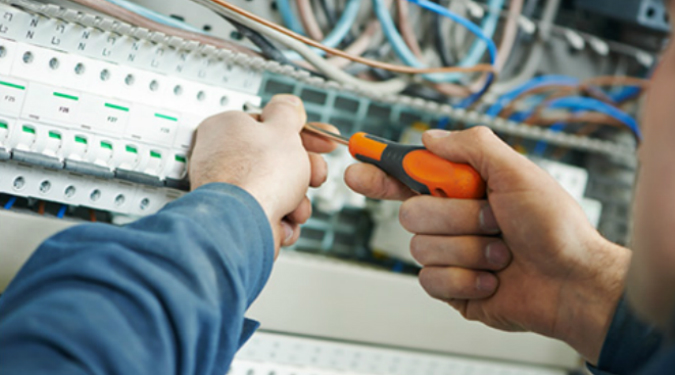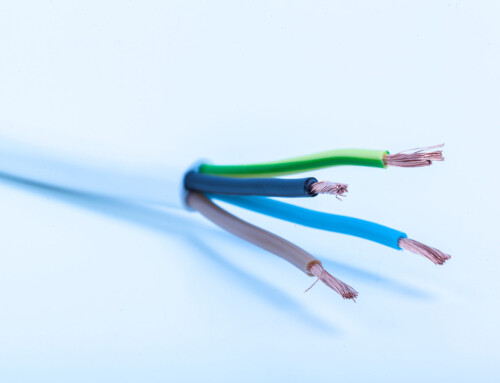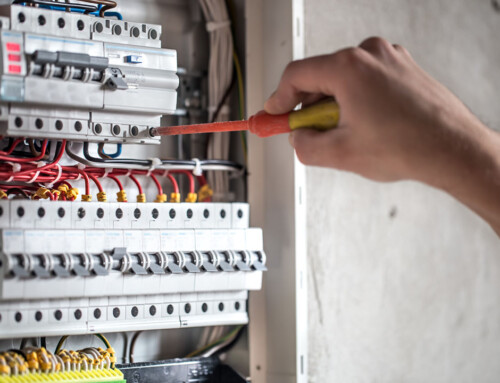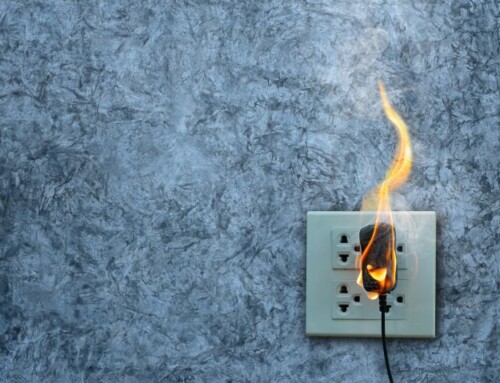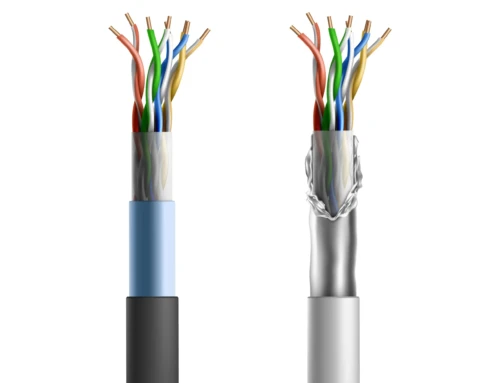Table of Contents
Every homeowner must be familiar with the operation and the features of the circuit breaker panel/electrical breaker box that sits in the utility room and supplies power to the house. Knowing what it is, why it’s important, and how it works may help you with troubleshooting home electrical issues and avoid dangerous situations.
And fortunately, it’s not complicated!
Here’s everything a homeowner needs to know about the circuit breaker panel/electrical breaker box:
How Does Circuit Breaker Box Work?
The main circuit breaker panel is essentially a big switch that safely distributes the supply of power to your house. The circuit breaker box also houses other smaller sub-switches that connect with specific areas of your house. These small switches are called breakers and their function is to ensure electrical safety.
So as a homeowner, you would only need to access the main circuit breaker panel when the power trips or when performing repairs or replacements.
Why is the Circuit Breaker Box Important for Home Safety?
The electricity that flows from your utility company’s line passes through the meter and into the main circuit breaker panel. This leaves you and your family susceptible to electric hazards from your home appliances, HVAC system, and the electronic equipment and electric shocks, burns and fires can do serious damage to life and property.
The circuit breaker panel supplies power but is also designed with safety features that protect the wiring and avoid electrical shocks and fire due to overloading or heat build-up. The safety mechanism of the circuit breaker panel guards your home and its residents against all the hazards of improper grounding, short-circuits, voltage fluctuations, faulty wiring, and damaged insulation.
Main Safety Features of a Circuit Breaker Panel
These are the main electrical supplies and materials of the circuit breaker panel:
- The Main Circuit Breaker – This is the switch that goes on and off to control the flow of current. So if there is an overload due to a short circuit or because too many appliances are running simultaneously, the corresponding circuit breaker automatically trips to shut off the flow of current. Standard breakers can be further subdivided into the following two categories:
- Single-Pole Breaker – These single switches are typically between 15-20 amps, are commonly found in most circuit breakers and can handle up to 120 volts.
- Double-Pole Breaker – These pole breakers are available in different amperages and can handle 240 volts. Double-pole breakers are designed for large home appliances like air conditioners, water heaters, washing machines and stoves.
- Arc Fault Circuit Interrupters – These are special purpose circuit breakers designed for additional safety against electric fires and electrocution.
- Sub-Panels – sub-panels are small breaker boxes designed to handle more circuits when you don’t have the space to accommodate new circuits.
- Bus Bars – The two rows in the main circuit breaker panel connect to hot bus bars. This is where the current flows from the main breaker to the branching circuits and reaches the outlet.
Understanding the Difference between Breaker Box Sizes
Most homes ideally have 100 or 200-amp breaker boxes depending on the amount of electricity that the panel needs to handle and the number of circuits that are added to the main circuit breaker panel.
So, when someone needs a bigger breaker box, they could be referring to the amps or the number of circuits.
Warning Signs for Circuit Breaker Box Replacement
Ideally, the longevity and reliability of the circuit breaker box can suffice for 25-30 years but you may need to replace it earlier if you spot any of the following signs:
- The circuit breaker keeps tripping frequently
- The circuit breaker won’t reset
- Overheating of the electrical supplies and materials
- Burning smell in the circuit breaker panel
- Physical damage to the electrical supplies and materials
Safety Reminders for Homeowners
If you are checking the circuit breaker panel at any point, it’s likely due to electrical issues or due to a power trip. But before you get going with your DIY project, keep these points in mind:
- Flip the switch on and off and test the different areas of your home controlled by the main circuit breaker
- Always work with dry hands and on a dry surface
- Avoid repeatedly resetting a power break if the circuit breaker won’t reset
- Do not touch or attempt to troubleshoot damaged and exposed wiring, always call a licensed and certified electrician!
If you are facing issues with your circuit breaker panel frequently, switch to our high-quality, reliable and durable circuit breakers for lasting peace of mind. Call us at 1.800.458.9600.

D&F Liquidators has been serving the electrical construction materials needs for more than 30 years. It is an international clearinghouse, with 180,000 square facility located in Hayward, California. It keeps an extensive inventory of electrical connectors, conduit fitting, circuit breakers, junction boxes, wire cable, safety switches etc. It procures its electrical materials supplies from top-notch companies across the globe. The Company also keeps an extensive inventory of electrical explosion proof products and modern electrical lighting solutions. As it buys materials in bulk, D&F is in a unique position to offer a competitive pricing structure. Besides, it is able to meet the most discerning demands and ship material on the same day.

